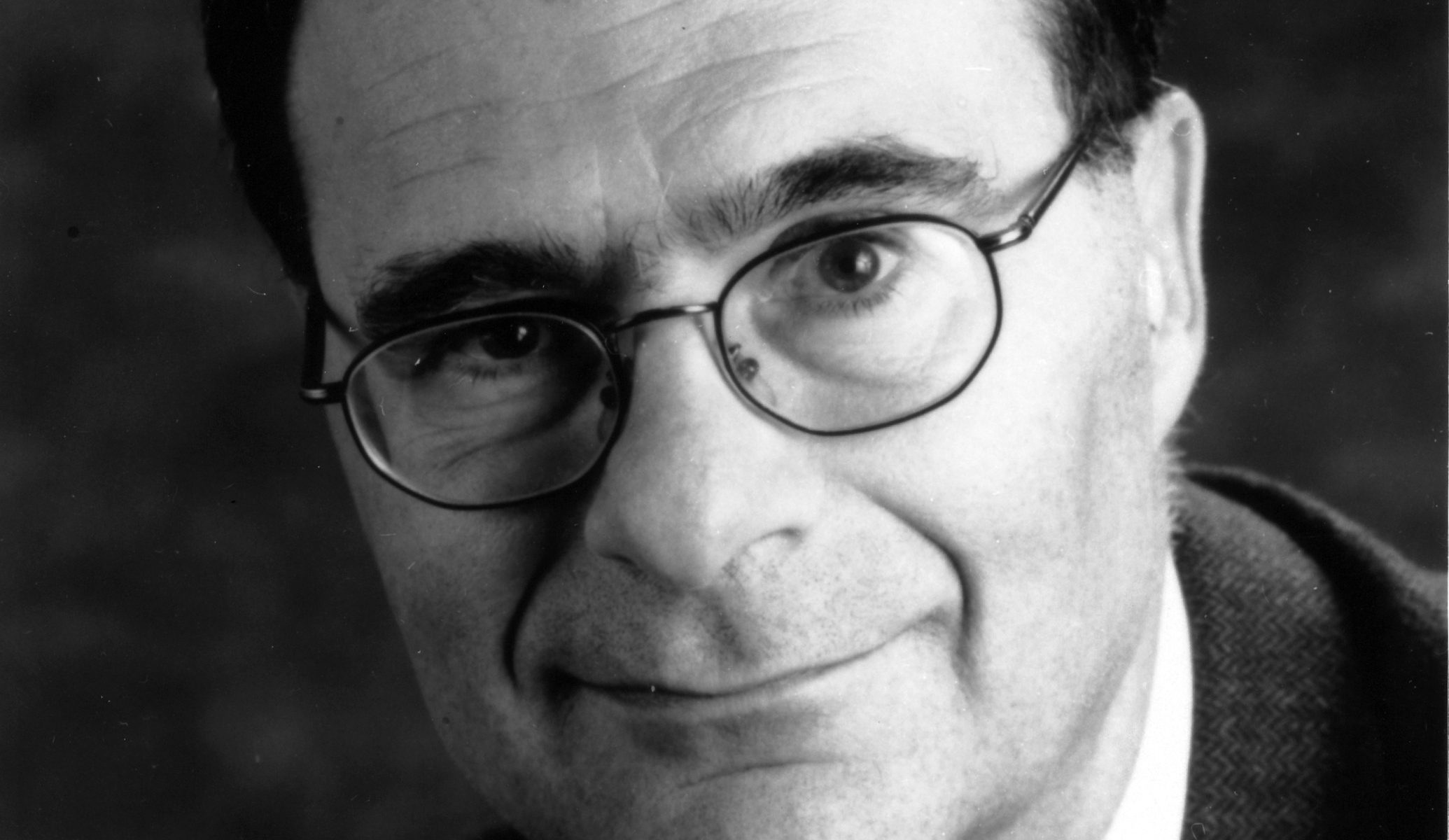NEW YORK (JTA) — On his way to converting to Christianity, philosopher Franz Rosenzweig attended Yom Kippur services and was so moved that he decided to remain Jewish. One look at the most famous prayer for the occasion makes it hard to believe that he did not abandon Judaism all the quicker.
Kol Nidre actually is no prayer at all. Rather it is a legal formula in Aramaic that delineates obscure categories of vows and oaths known to the Bible and the Rabbis, and then solemnly proclaims that we are free of them.
The origin of this concern was our ancestors’ anxiety over reneging on promises sworn in God’s name. The Talmud permitted such oaths to be canceled, but only one by one and in the presence of a Talmudic sage. The idea of a blanket nullification was anathema to rabbis who first heard of it in the eighth and ninth centuries and denounced it as “a foolish custom.” But no one listened.
The prayer had emerged alongside a parallel practice of smashing clay pottery on which a formula to annul vows had been engraved, the idea being that your enemy might have conjured evil spirits and forced them magically to promise you harm. Breaking the bowl would free them from their promise.
Here, then, is a superstition-laden prayer that was condemned by rabbinic authorities but stuck anyway. Its final version reflects a 12th-century substitution of “vows made in the future” for “vows made in the past,” so as to do away with its obvious disregard for Talmudic law. Even so, it hardly represented Judaism at its moral best. In the 19th century it fueled German anti-Semitism to the point where Jews were hauled into court and forced to swear that they would be held answerable for the truth of any oath they took there.
Despite all this Kol Nidre persisted, eventually supplied with unforgettable music and the choreography of a courtroom trial held before God. Jews were chanting it is as far back as 11th-century France; 14th-century German cantors were prolonging the melody to make sure latecomers got to hear it. Polish Rabbi Mordecai Jaffe (1530–1612) sought in vain to change the text because cantors resisted coupling the age-old melody to new lyrics. Nineteenth- and 20th-century rabbis tried to substitute Psalms or write a new prayer altogether.
A more successful subterfuge was to play Kol Nidre on a musical instrument without words or to chant the prayer but omit the words (especially in translation) from the prayer book.
What attracts us to this strangely haunting ritual of Kol Nidre? Is it the music? Surely. Is it also the high drama of the occasion — Torah scrolls dressed in white and held stunningly in full view of the congregation throughout the chant? Yes, it is that as well. But it is more. “All These Vows: Kol Nidre” (Jewish Lights, 2011) assembles the thoughtful and moving answers of more than 30 people — rabbis and cantors, artists and thinkers — the world over. My own view is that Kol Nidre connects us with the sacred.
Since the 19th century we have been on a road toward greater secularity — not necessarily a bad thing, if by “secular” we mean the discovery that the world is devoid of magical forces and that everything runs by an immutable set of scientific laws. But we have paid a price. Secularization is the process of yanking at the curtain of the universe and discovering there is no wizard micromanaging it. But a universe that operates by natural law can still have mystery. We pilgrims on the yellow brick road strive to be secular, scientific and savvy without giving up on God and the certainty that life still matters. On Kol Nidre eve, it is as if nothing has eroded that certainty because energy runs high, memories go deep and some things seem not to have changed in a thousand years or more.
People mistakenly think that they cannot pray because they cannot believe. The reverse is true. Prayer compels belief, not the other way around. For a very brief moment, as Kol Nidre is chanted, we are in touch with the sacred and with our finitude; with those we love and with the broader human universe; with our own better selves and with the God we are not even sure we believe in.
Rabbi Lawrence A. Hoffman, a professor of liturgy, worship and ritual at Hebrew Union College-Jewish Institute of Religion, is the author most recently of “All These Vows: Kol Nidre” (Jewish Lights).
JTA has documented Jewish history in real-time for over a century. Keep our journalism strong by joining us in supporting independent, award-winning reporting.






